Stunning New IC 1274 Image Set Available Now!
Are you an astrophotographer dreaming of capturing breathtaking images of deep-sky wonders? Do you yearn for the pristine dark skies that unlock the universe's hidden beauty? Then prepare to be amazed! A stunning new image set of IC 1274 is now available on Starbase, offering a glimpse into the heart of this captivating nebula.
IC 1274: A Celestial Gem
IC 1274 is a luminous nebula nestled within the Lynds 227 molecular cloud in the constellation Sagittarius. Located approximately 5,900 light-years from Earth, this stellar nursery is a hotbed of star formation, energized by the intense radiation of the massive B0-class star HD 166033 (Hansonastronomy.com). The nebula's vibrant red hues, characteristic of ionized hydrogen, and intricate dust lane structures make it a rewarding target for astrophotographers of all levels.
Captured from Deep Sky Chile: A Remote Imaging Revolution
This incredible image set was acquired from Deep Sky Chile, a premier remote observatory in the Rio Hurtado Valley. Deep Sky Chile boasts some of the darkest skies on Earth, with Sky Quality Meter readings consistently between 21.0 and 22.13 magnitudes per square arcsecond (deepskychile.com). This darkness, combined with exceptional seeing conditions (averaging under one arcsecond), allows for incredibly detailed and sharp images.
The rise of remote astrophotography has revolutionized the field, democratizing access to world-class observing sites. As Dave and Telescope put it, remote hosting sites offer what they've learned to provide a great experience. No longer are astrophotographers limited by light pollution or geographical constraints. Remote observatories like Deep Sky Chile provide access to professional-grade equipment, expert technical support, and, most importantly, pristine dark skies. In fact, astrophotographers report nearly ten-fold increases in exposure time when transitioning to remote setups (astroworldcreations.com).
15 Hours of Deep Data: Unveiling the Nebula's Secrets
This meticulously crafted image set represents a total of 15 hours of integrated exposure time. This wealth of data allows for the capture of faint details and subtle color variations within IC 1274, revealing the nebula's intricate structure with stunning clarity. Such long integration times are crucial for capturing faint deep-sky objects, often requiring 8+ hours even under dark skies and significantly more in light-polluted areas (urbanastrophotography.com).
Location, Location, Location: Why Deep Sky Chile Matters
Deep Sky Chile's strategic location in the northern Chilean desert is key to its success. Sharing similar atmospheric conditions with major professional observatories like Cerro Tololo and Gemini South, Deep Sky Chile offers amateur astrophotographers the opportunity to capture data under conditions comparable to those used by professional astronomers (deepskychile.com). This proximity to world-class astronomical infrastructure, combined with Chile's commitment to preserving dark skies (undark.org), makes it an ideal location for remote astrophotography.
Ready to elevate your astrophotography? Head over to Starbase and explore the IC 1274 image set today! Witness the power of remote imaging and the beauty of the universe, captured under the darkest skies on Earth. Don't miss this opportunity to add a truly stunning image to your collection.


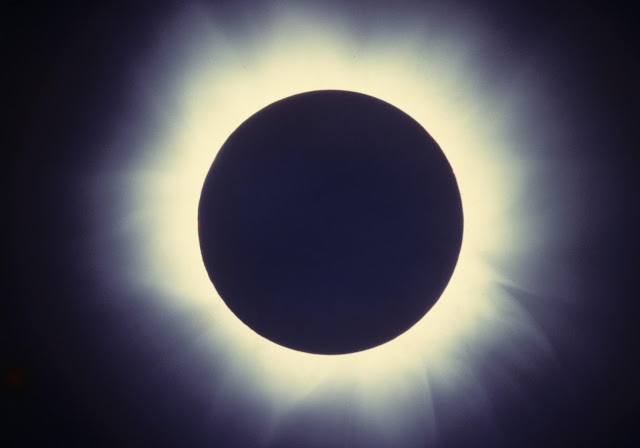
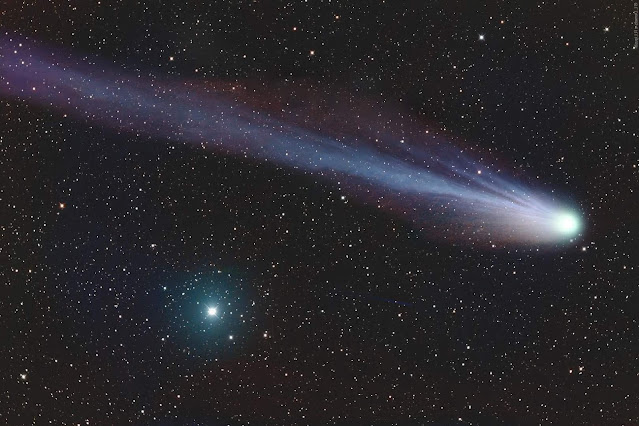

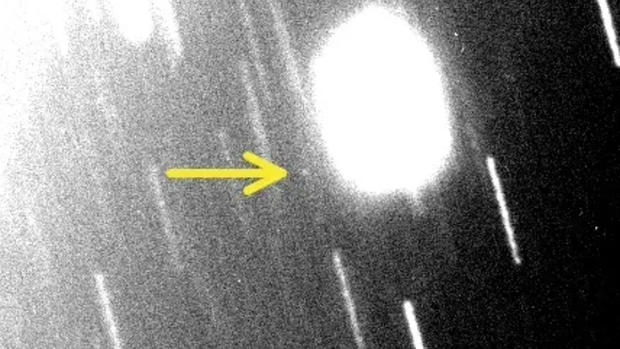


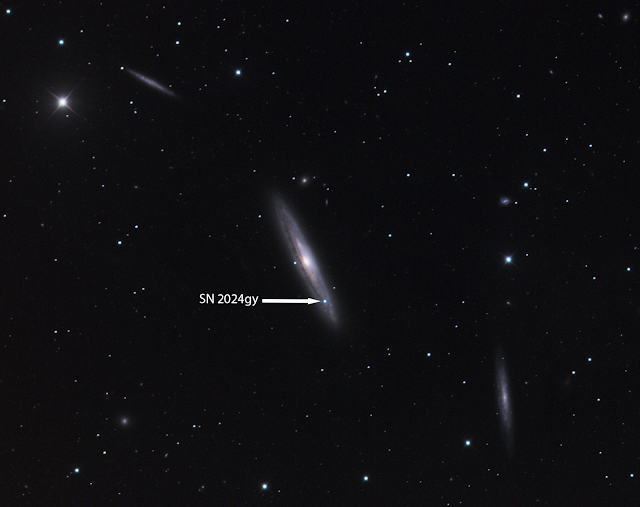
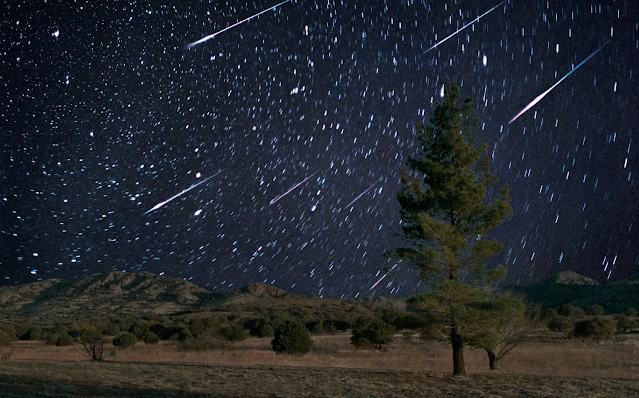
Comments
Post a Comment